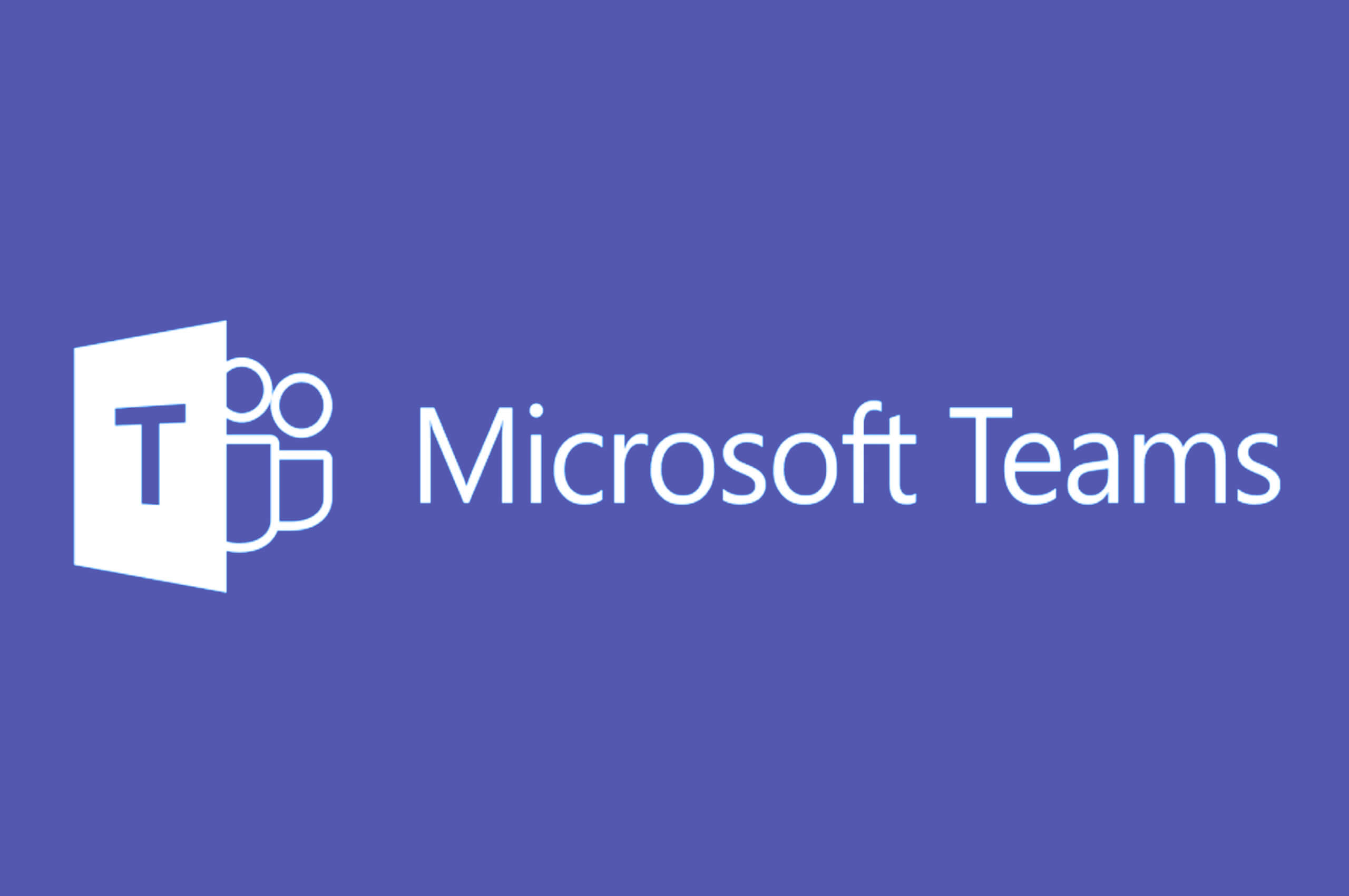Microsoft has been near or at the center of professional business software for decades. In 2020, with the mass transition to remote work, Microsoft Teams has followed the rest of the Microsoft suite into a mainstay of web conferencing tools. For many users, Microsoft Teams is a free tool that’s already part of their infrastructure.
However, there are still pricing considerations that buyers and users alike should keep in mind. We’ve collected all the pricing information for Microsoft Teams, including the standard pricing plans and related pricing factors. In particular, we’ll break down the distinctions between bundling Microsoft Teams with Microsoft 365, and which approach is best for buyers.
Microsoft Teams Pricing Plans
Microsoft offers four plans for its Teams product. The core, standalone Teams offering is a free product. This version includes web versions of Word, Excel, and PowerPoint, as well as basic video conferencing. However, standalone Teams does not include many more advanced or standard features found in other paid products.
In a deviation from other web and video conferencing products, Teams’s paid functions are only available by purchasing Microsoft 365, a full office suite. The Business Basic package starts at $5/user/month (with an annual commitment). Microsoft 365 offers Word, Excel, PowerPoint, Outlook, and others in addition to Teams. Upgrading to this paid tier also improves the Teams experience, with features like meeting recordings, a 300 user cap, Single Sign-On, MFA, and administrative tools. The Basic package is ideal for SMBs who can benefit from the full suite of 365 features.
Microsoft 365 Business Standard improves most of the featured apps, including Teams. For $12.50/user/month (with an annual commitment), it primarily offers desktop versions of the applications and deeper functionality across the 365 applications, including additional productivity apps. This upgrade makes the most sense for businesses that need to utilize the desktop versions of 365 apps, since it does not add discrete features for Teams specifically.
The Office 365 E3 plan does offer more discrete functionality than lower tiers. For $20/user/month (with an annual commitment), the E3 package adds on event hosting for up to 10,000 participants, 500,000 user cap, unlimited cloud storage, and deployment support.
Microsoft Teams Pricing Plans
| Plan | Free | Microsoft 365 Business Basic | Microsoft 365Business Standard | Microsoft 365 E3 |
| Cost | Free | $5/user/month | $12.50/user/month | $20/user/month |
| Added Features | Offered Standalone | Word, Excel, etc.; Meeting recordings; 300 user cap; SSO, MFA |
Desktop versions of applications | Event hosting; 500k user cap; Unlimited cloud storage; Advanced support |
Free Trials, Discounts, and Bundling
Microsoft Teams is unusual in the web conferencing space for its deep connection with the rest of Microsoft 365. The benefit for users is that Teams on its own will be forever free for those who just need the web and video conferencing solution. The downside is that purchasing the more advanced features, like recording, also requires purchasing the rest of the Microsoft 365 bundle, which can dissuade those who already use another office suite.
Fortunately, Microsoft offers these packages for free or discounted rates to some groups. Nonprofits are the main recipients of these benefits, with free access to Microsoft 365 Business Basic and a $3/user/month price tag for Business Standard. Large enterprises can also utilize Office 365 E1, E3, and E5 for free or heavily reduced rates.
Microsoft also offers some capabilities as add-ons. Advanced communications and audio conferencing are available as an add-on for all of the paid plans, and a phone system is available for purchase for the E3 users.
Which Teams Plan is Right for You?
Microsoft Teams offers a range of plans to serve different scales of business. The Free plan will be best for personal users, but the Professional or E3 plans will be preferable for most purchasing organizations. The Standard plan stands out mostly for organizations that prioritize having desktop versions of the package.
While Teams is a very attractive, often pre-installed, option for heavy Microsoft users, it’s also not the only leading web conferencing product available. Buyers should check to make sure that Teams can meet their needs, and consider whether a competing web conferencing tool would be a better fit for their business.
Need Any Technology Assistance? Call Pursho @ 0731-6725516







